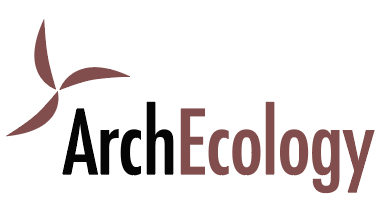Vision For The Future Of Downtown
In September, I was part of a joint effort between the AIA Seattle Committee on the Environment and the Urban Design Forum to kick off a three-part series titled Vision for Downtown. The visioning charrette included a diverse group of architects, landscape architects, planners, and policymakers. We were invited to the Center for Architecture and Design to generate ideas for breathing new life into downtown, which has long been plagued with challenges such as safety, climate change, the lack of affordable housing, and the domination of the automobile.
We kicked-off the evening with a presentation on the history of Seattle’s urban planning and where we are now. We then asked participants to chime in via Mentimeter about what would make them want to spend more time in the downtown core, and why they are not doing so currently. Safety, and the prevalence of cars, were the biggest deterrents.
In order to address multiple layers of the problem in a short amount of time, participants broke into groups with topics that we believed could address many layers of the bigger problem.
Anchor – What are the existing anchors in downtown Seattle? What anchors are missing from downtown? How can anchors contribute to a sustainable city? (Examples: Cultural, Entertainment, Parks, Retail, Schools)
Connect - Which areas of downtown need to be better connected? How can these connections be improved? How can connections contribute to a sustainable city? (Examples: Bike/Scooter, I-5 Lid, Pedestrian Friendly, Transit)
Transform - Are there areas of downtown in need of transformation? Are there transformative forces at play in downtown? What scale of transformation is needed? (Examples: Family Friendly, Office to Residential, Third Ave Park)
Activate - Which areas of downtown need more activation? What are the essential elements of an active downtown? How can activation contribute to a sustainable city? (Examples: Affordable Housing, Community, Tactical Urbanism)
Adapt - What are current and future hazards affecting downtown? How can downtown better prepare and respond? How can adaptations contribute to a sustainable city? (Examples: Flexible Zoning, Resilience Hubs, Urban Farming)
Each team dove right into the heart of each of their topics. They presented their drawings and notes back to the whole group so we could see everyone’s ideas and how they might overlap. It was an energized evening of ideating, which will lead us right into Part II of the series, a gallery exhibition of ideas that came out of the charrette. The date and location will be announced soon. Part III will include a panel of experts, leaders, and visionaries for an honest conversation about turning our ideas into action.
We hope to see you there!

